Building in Bali: Local Materials and Their Economic Impact
Introduction to Building in Bali: Using Local Material's and Why?
Bali, known for its breathtaking landscapes and rich cultural heritage, has become a popular destination for both tourists and expatriates looking to build their dream homes or invest their money for significant returns.
The island offers a unique blend of traditional and modern architecture, often incorporating local materials that not only enhance aesthetic appeal but also support the local economy.
The use of local materials in Balinese construction is more than just an architectural choice; it represents a commitment to sustainability and community support. This approach not only minimizes the environmental impact but also fosters economic growth within the region.
Local building materials used in Bali include natural resources readily available on the island. These materials align with the island's culture, climate, and sustainability goals. Using local resources is crucial for supporting Bali's economy by fostering local businesses, artisans, and the construction sector. Below is a list of materials and their significance:
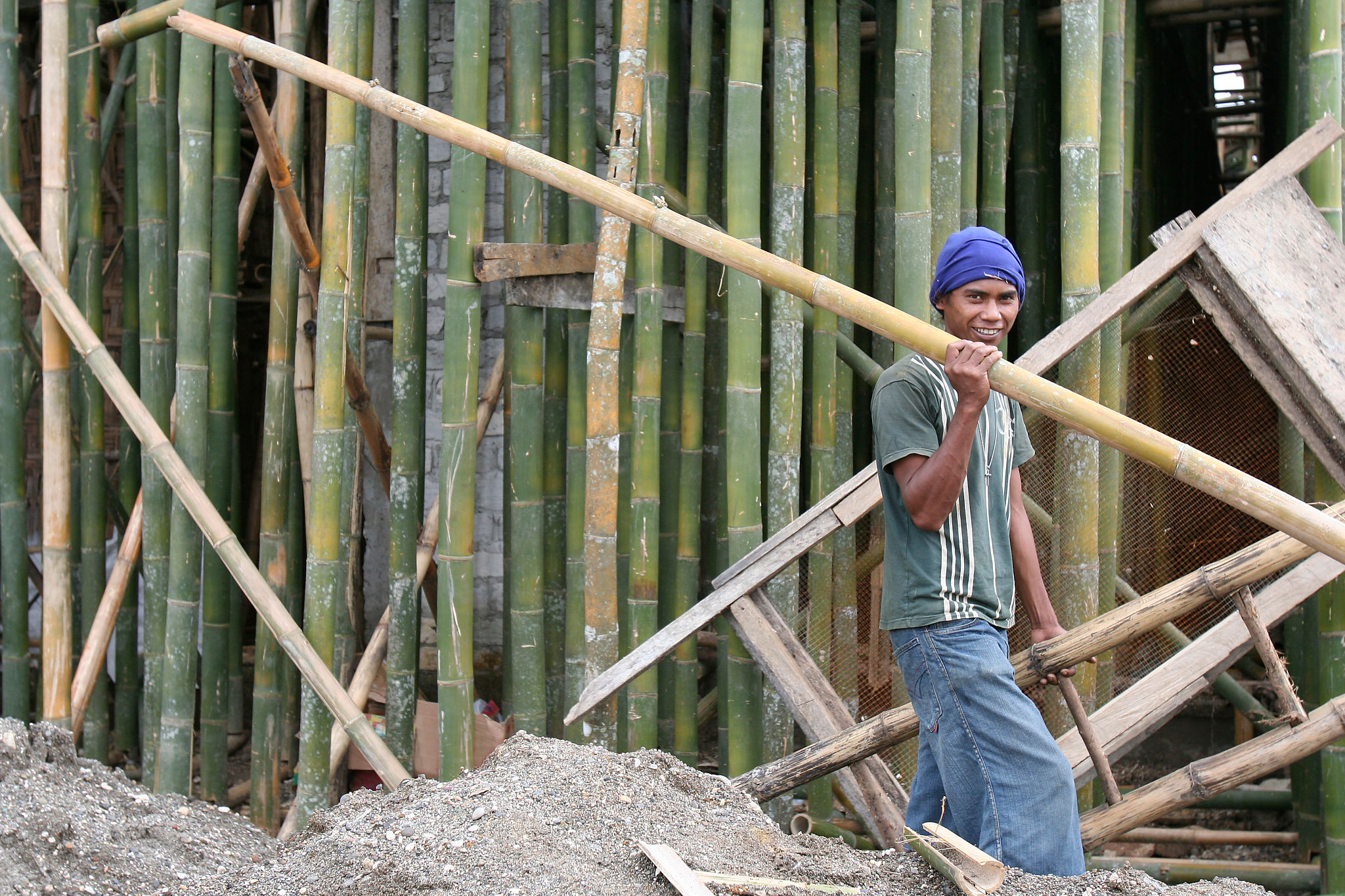
The Rich Variety of Local Materials
Bamboo: The Versatile Wonder
Bamboo is one of the most commonly used materials in Bali, celebrated for its strength, flexibility, and sustainability. It grows abundantly on the island, making it an affordable and eco-friendly option for builders. Its versatility allows it to be used in various aspects of construction, from structural frameworks to decorative elements.
The use of bamboo supports local artisans and craftsmen who have honed their skills over generations, creating jobs and preserving traditional techniques. Additionally, bamboo's rapid growth cycle ensures that it remains a sustainable resource for future generations
Why it's used:
Abundant, fast-growing, and sustainable. Bamboo is also strong, flexible, and lightweight, suitable for structures like houses, gazebos, and furniture. It also is naturally resistant to earthquakes due to its flexibility.
Economic importance:
Provides income for local farmers and artisans specializing in bamboo craftsmanship. This also supports Bali's eco-tourism image with eco-friendly resorts and villas.
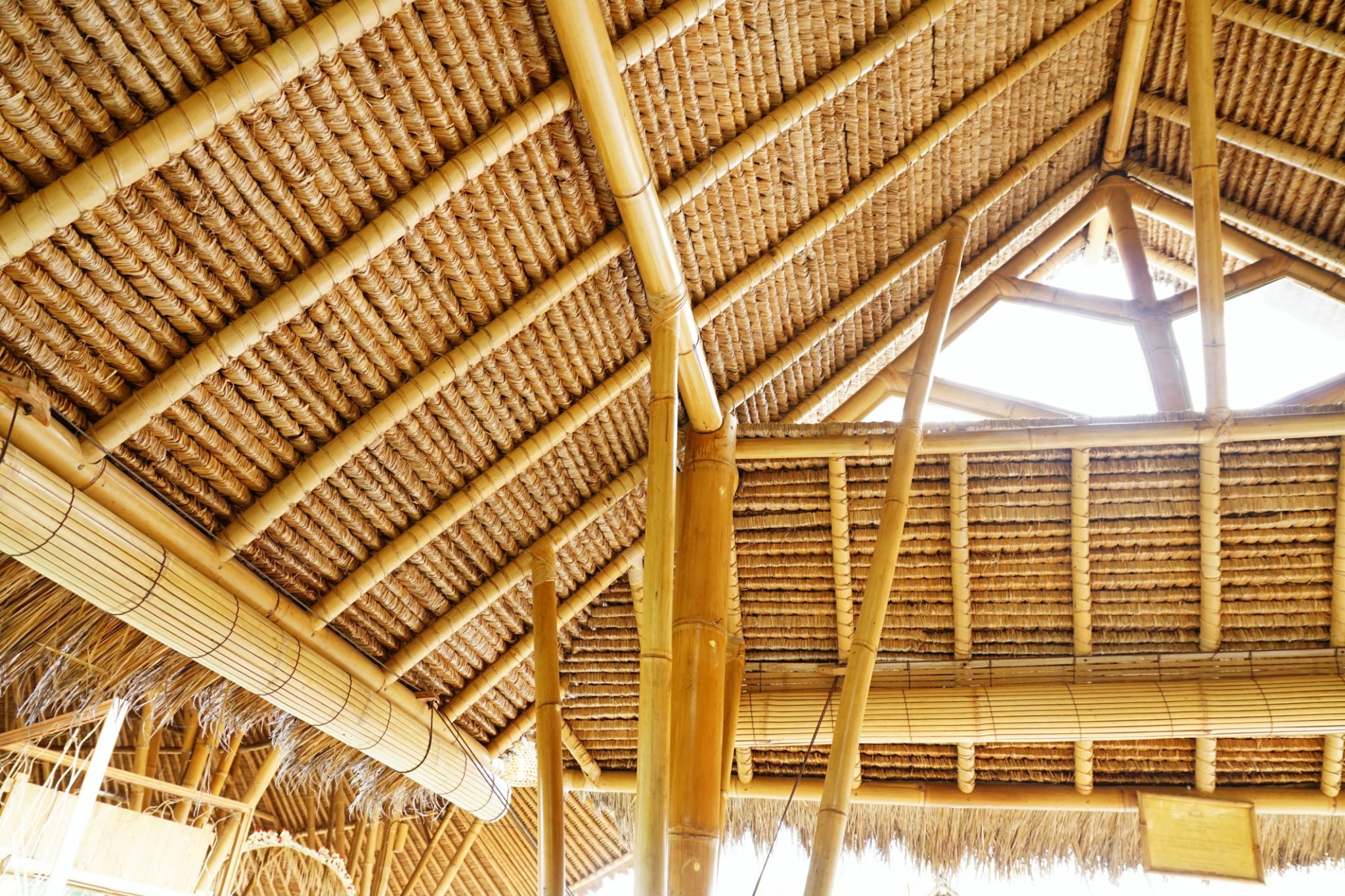
2. Coconut Wood
Why it's used:
Derived from mature coconut trees that no longer produce fruit. Coconut wood is also durable and aesthetically appealing, used for flooring, beams, and decorative features.
Economic importance:
Encourages the sustainable use of coconut plantations. It also generates income for communities in rural areas.

3. Teak and Other Hardwood
Why it's used:
Locally sourced, durable, and weather-resistant. Teak and other hardwood is often used in furniture, doors, and traditional Balinese carvings.
Economic importance:
Creates jobs for skilled carpenters and furniture makers. It also boosts the local timber industry while promoting sustainable forestry practices.
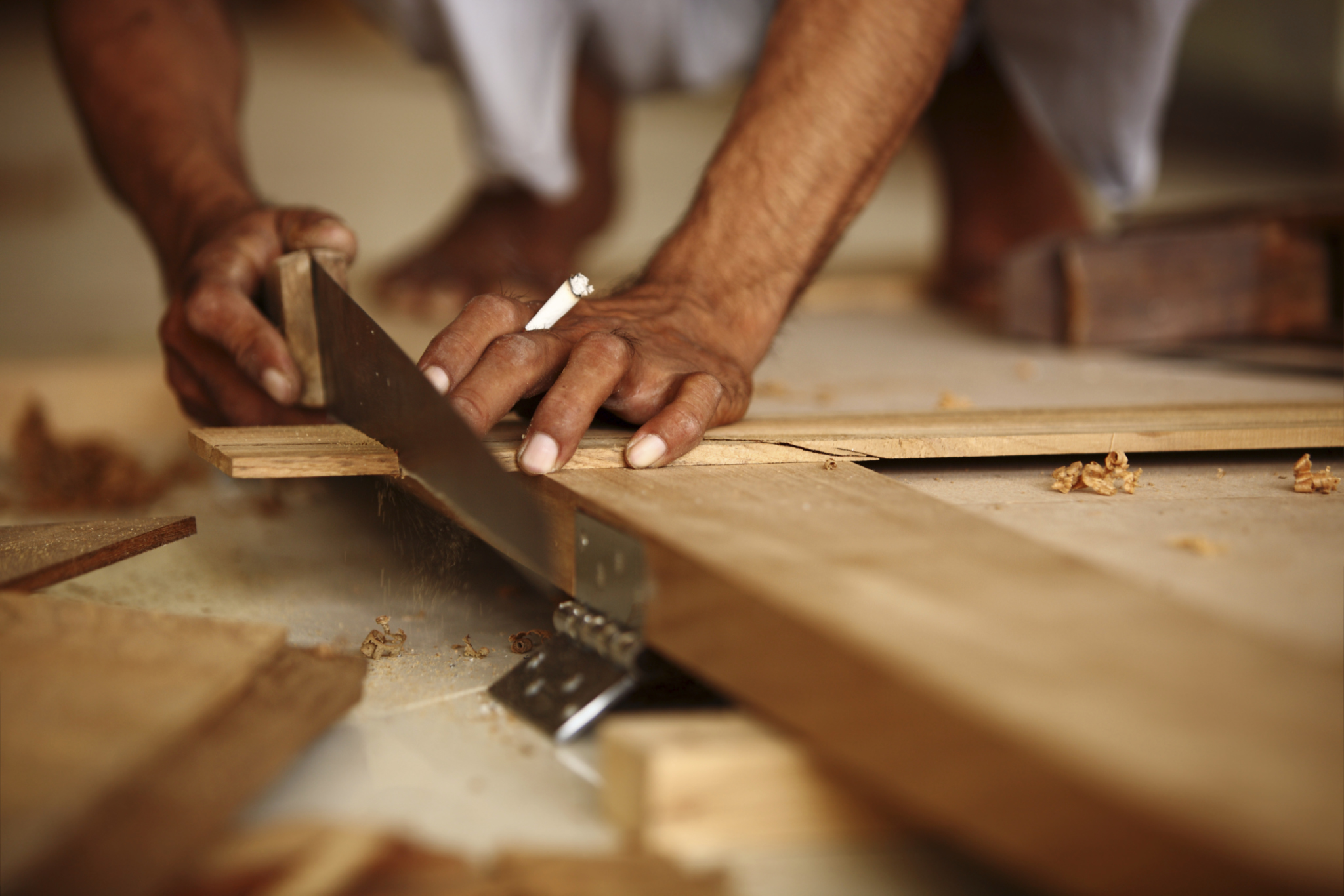
4. Alang-Alang Grass (Thatched Roofing)
Why it's used:
Traditional roofing material, insulating and lightweight. It is also suitable for Bali's tropical climate.
Economic importance:
Provides employment in harvesting, preparing, and installing thatched roofs. it also preserves traditional craftsmanship and architecture.
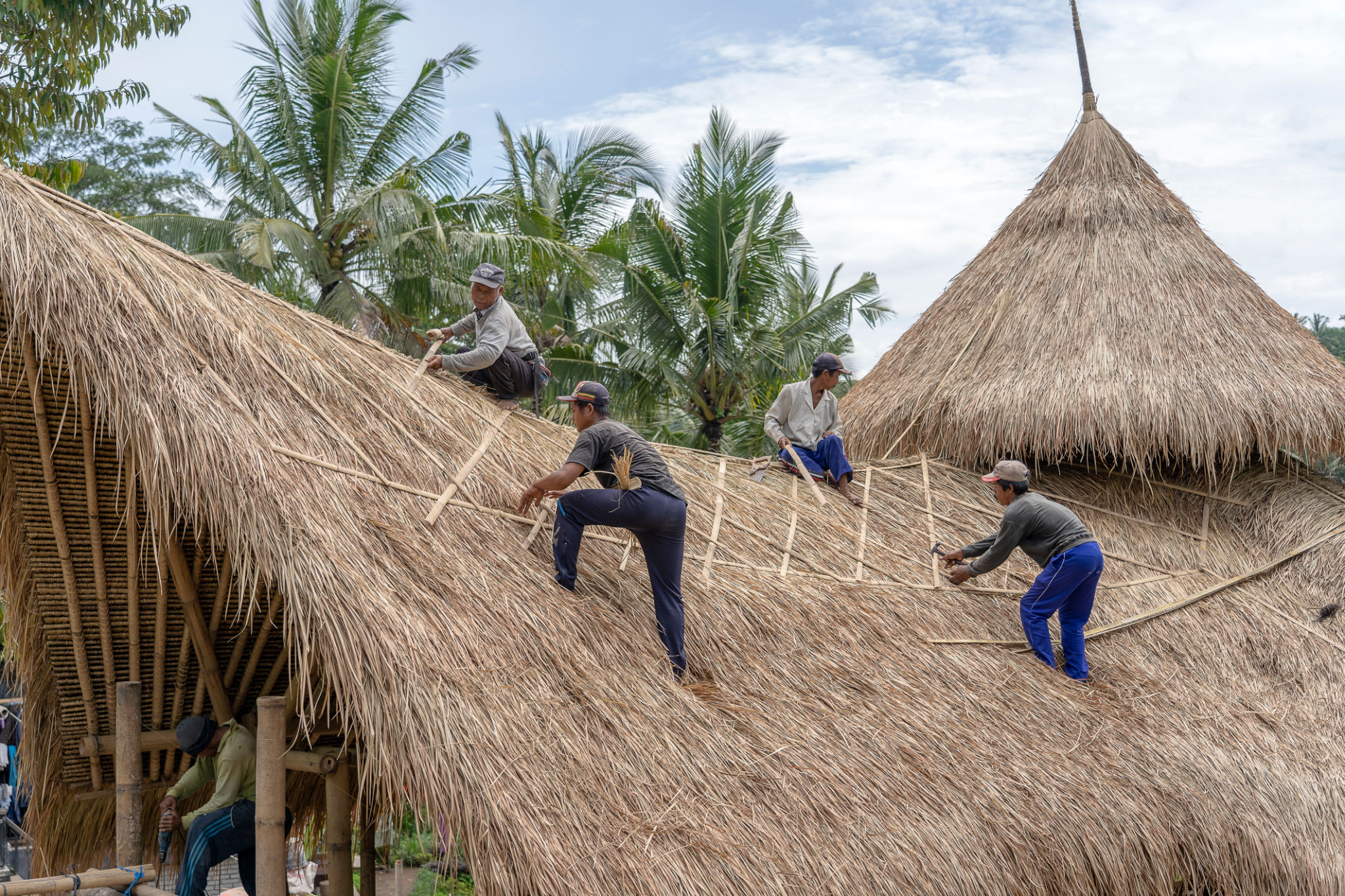
5. Volcanic Stone
Why is is used:
Readily available from Bali’s volcanic regions. Coming from a volcano, volcanic stone speaks for itself. It is durable, heat-resistant, and used for walls, flooring, and sculptures.
Economic importance:
Utilized in iconic Balinese temples, supporting tourism and cultural heritage. It also encourages local stone quarries and artisans.

6. Sandstone and Limestone
Why it's used:
Soft and easy to carve, suitable for intricate designs. Sandstone and limestone are used in walls, statues, and decorative elements.
Economic importance:
Supports local stone-carving industries and traditional craftsmen.
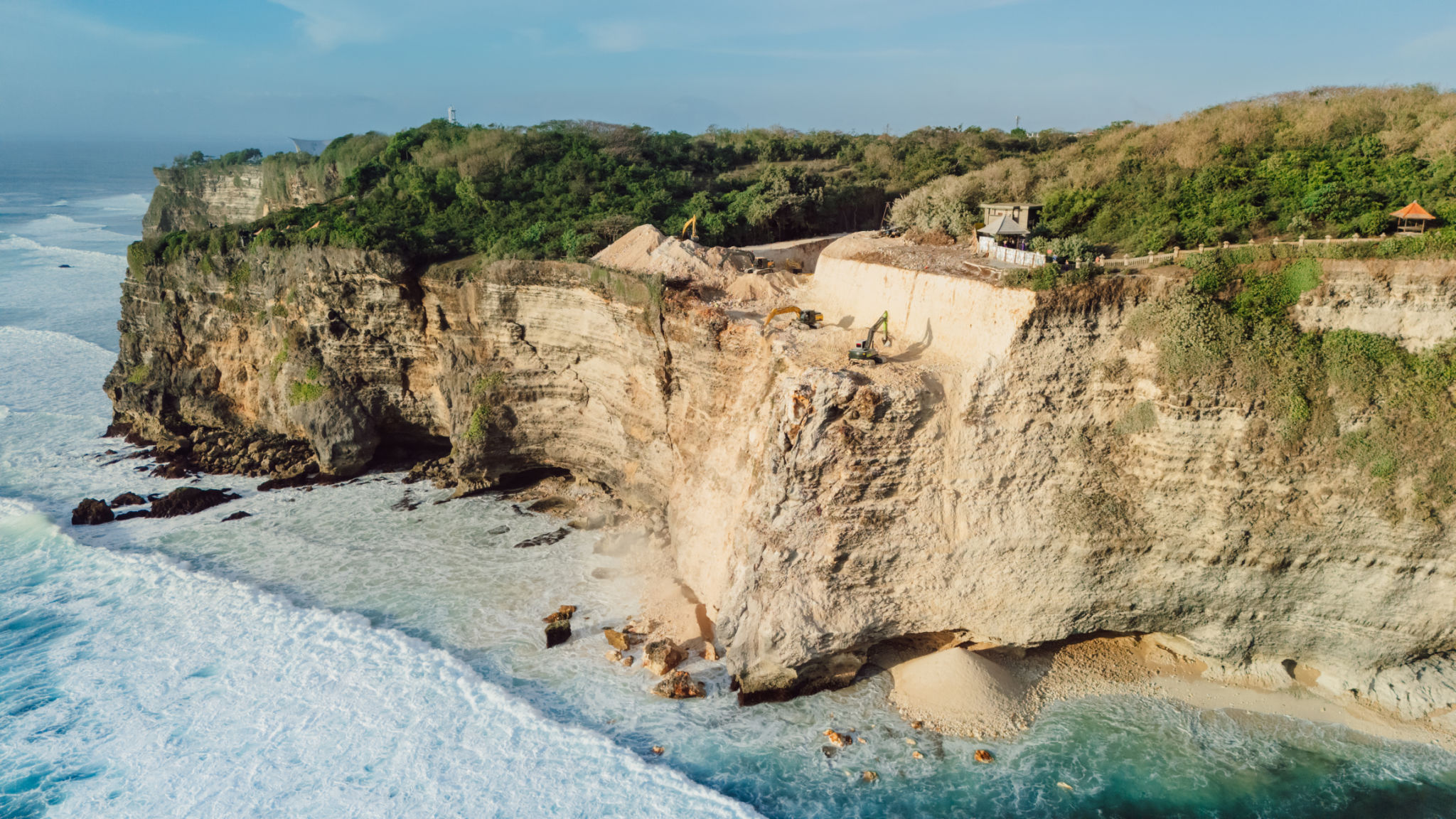
7. River Stones and Pebbles
Why it's used:
Collected from Bali’s rivers and beaches. These stones and pebbles are used in landscaping, pathways, and water features.
Economic importance:
Generates employment for stone collectors and landscapers. It also adds aesthetic value to properties, boosting real estate appeal.

8. Clay and Terracotta
Why it's used:
Mined locally and used for bricks, tiles, and pottery. It is also very sustainable and naturally cooling for buildings.
Economic importance:
Empowers small-scale pottery and brick-making industries.
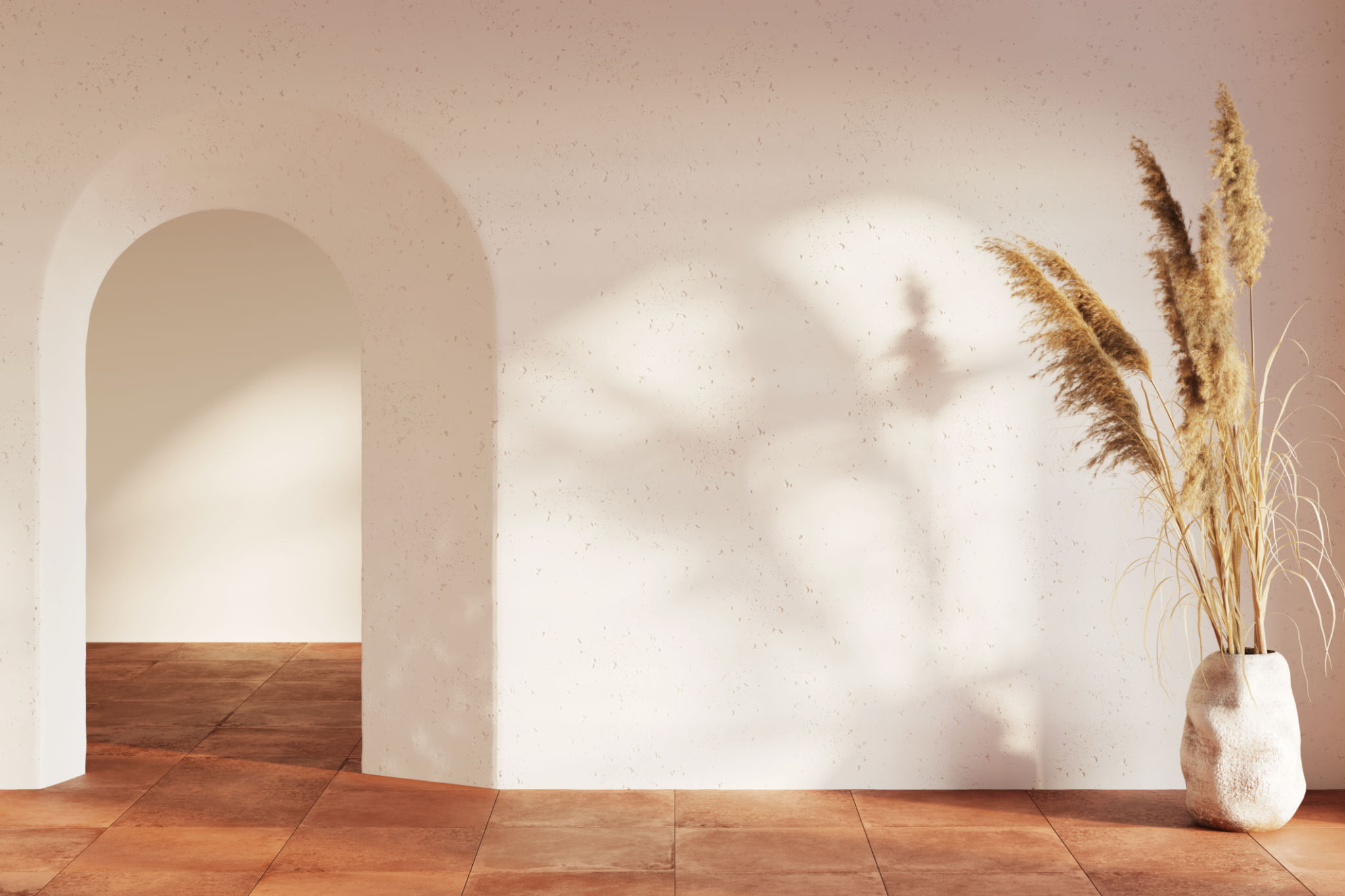
9. Recycled Wood and Materials
Why it's used:
Cost-effective and eco-friendly, sourced from old boats and buildings. It also adds character with a rustic aesthetic.
Economic importance:
Promotes upcycling, reducing waste and supporting local artisans.
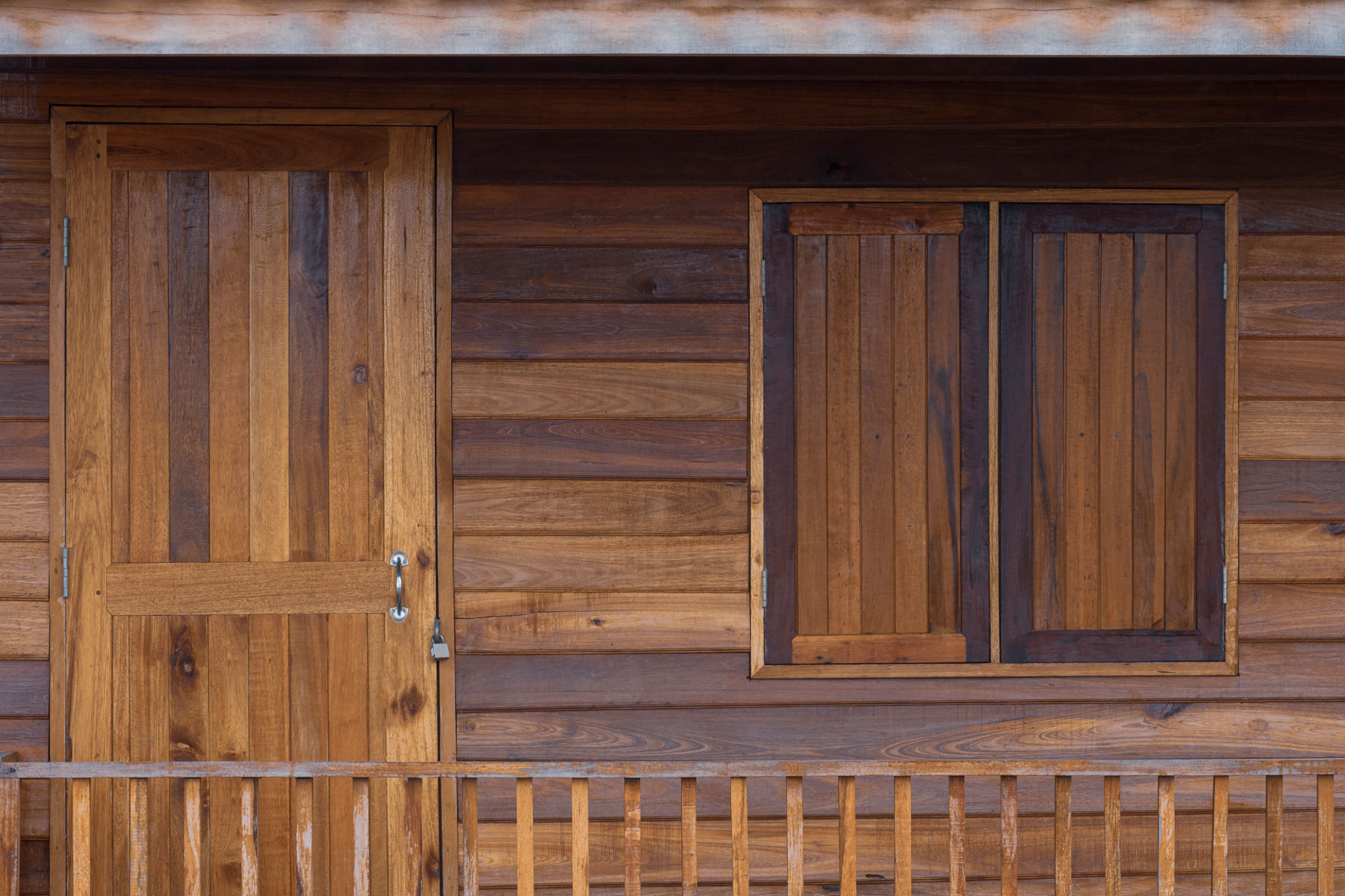
10. Palm Leaves
Why it's used:
Used for decorative purposes and temporary structures. Palm Leaves are also Biodegradable and sustainable.
Economic importance:
Helps maintain cultural practices like offerings and ceremonies.
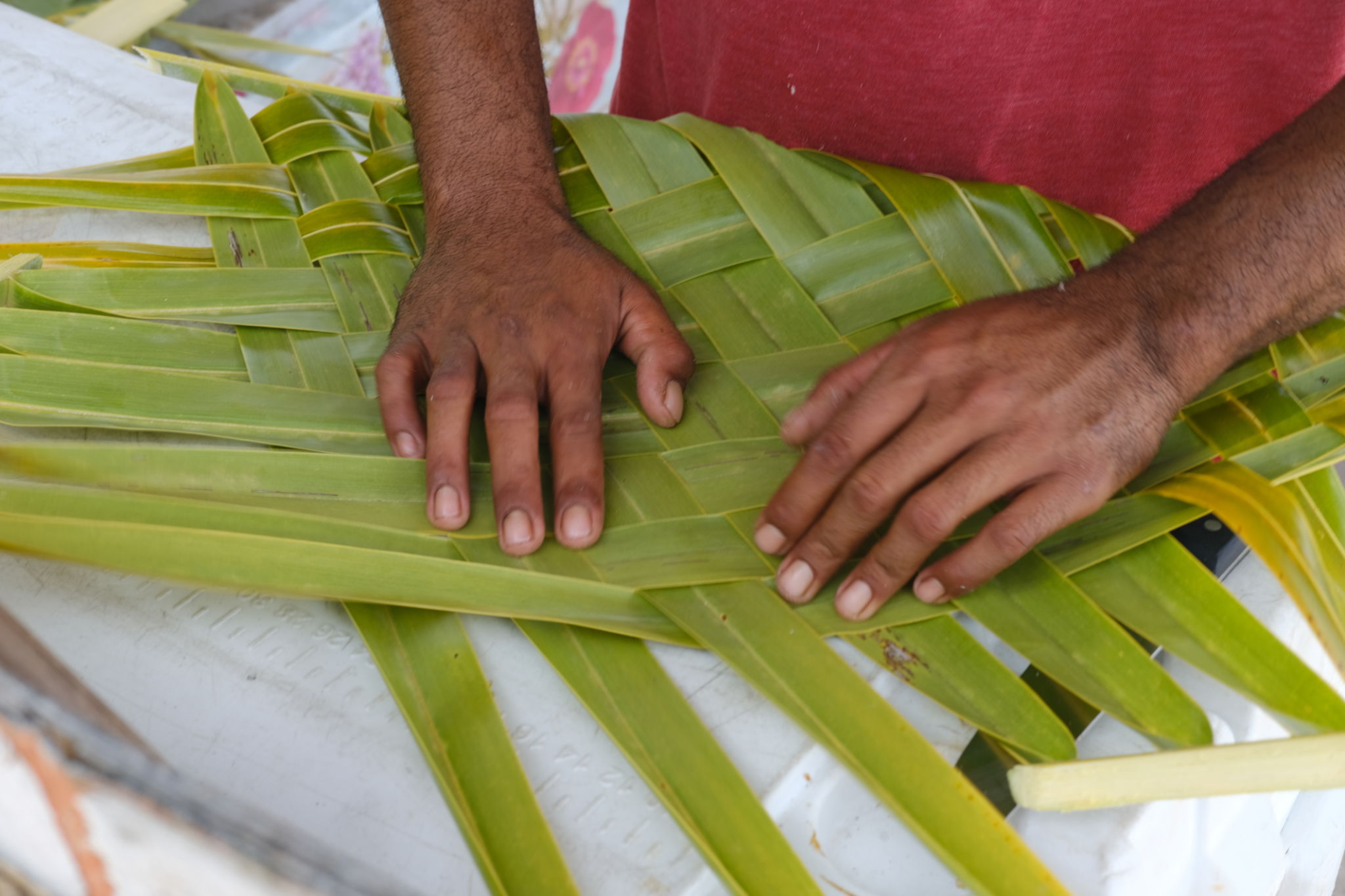
Why Local Materials Matter for Bali’s Economy
1. Job Creation:
Sourcing, crafting, and selling materials provide employment for local communities.
2. Cultural Preservation:
Promotes traditional Balinese architecture and craftsmanship, attracting cultural tourism.
3. Sustainability:
Reduces reliance on imported materials, minimizing the environmental impact of transportation.
4. Economic Circulation:
Keeps money within local communities, boosting small-scale industries.
5. Tourism Appeal:
Enhances the authenticity of Bali’s villages and resorts, which are marketed as eco-friendly and culturally rich.
By integrating local materials, Bali ensures sustainable growth, economic stability, and the preservation of its cultural identity.
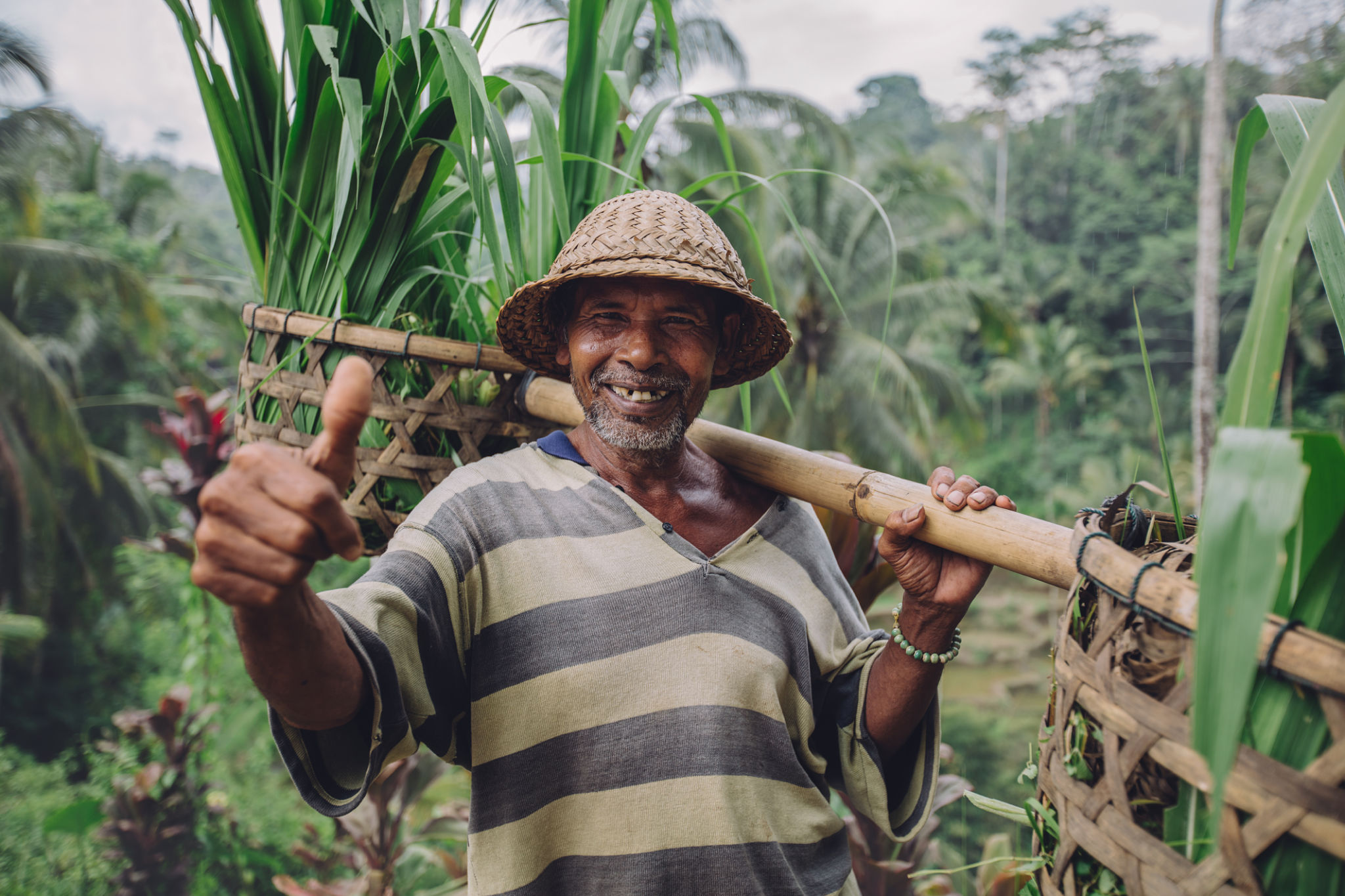
Economic Impact of Using Local Materials
Boosting Local Employment
Utilizing local materials has a substantial positive impact on employment in Bali. From harvesting bamboo to crafting stone, these industries provide jobs for a large number of locals. By choosing local materials, builders contribute directly to the livelihoods of these communities.
- Supports artisans and craftsmen.
- Encourages the preservation of traditional skills.
- Provides steady employment opportunities.
Encouraging Sustainable Practices
Building with local materials also promotes sustainable practices. The reduced need for transportation minimizes carbon footprints, while the focus on renewable resources like bamboo ensures that construction projects are environmentally friendly. This sustainability not only benefits the environment but also enhances Bali's reputation as a green destination.
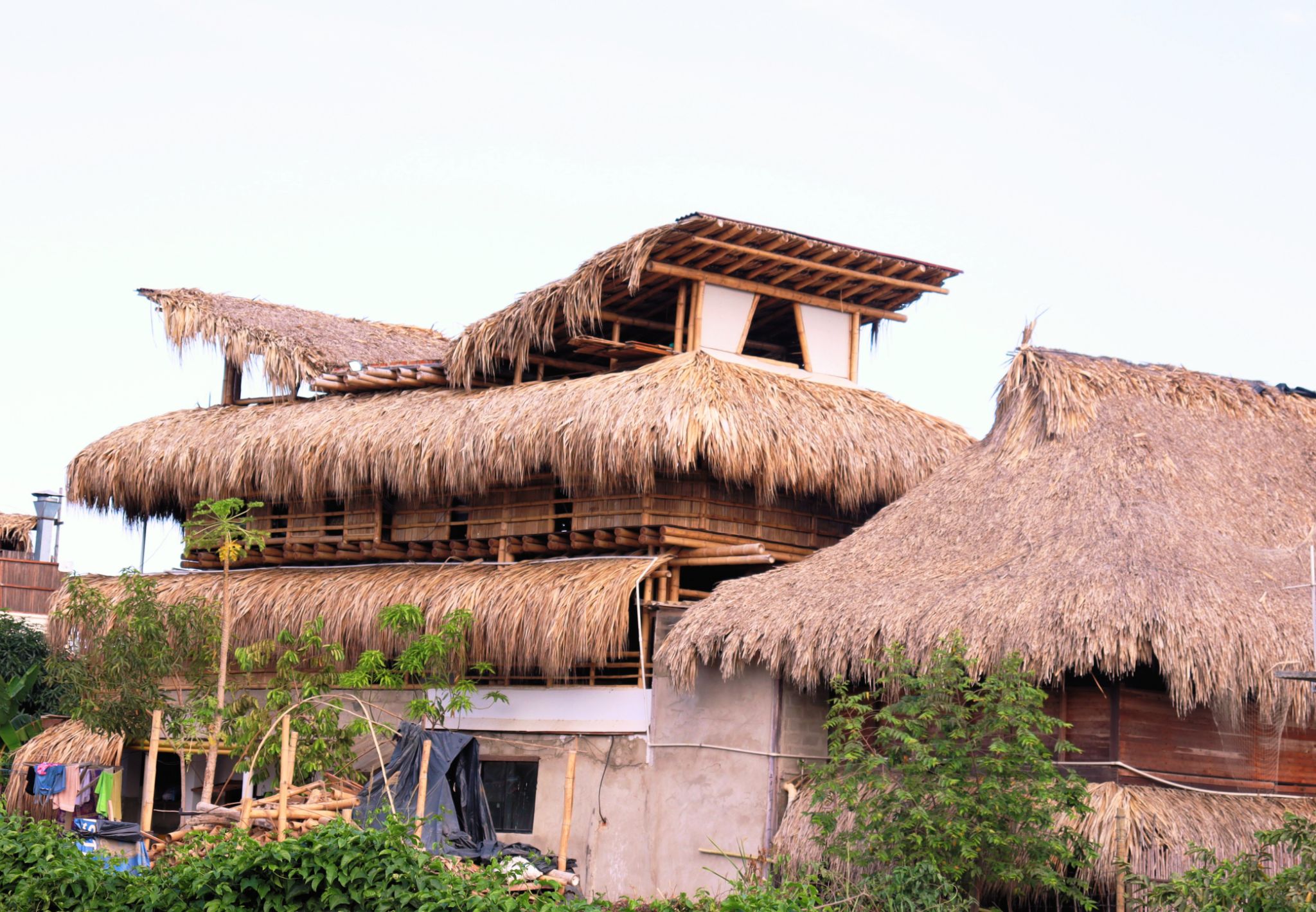
Conclusion: A Pathway to Sustainable Development
The use of local materials in Balinese construction represents a harmonious blend of tradition, sustainability, and economic support. It allows the island to maintain its cultural identity while embracing modern architectural trends. As more builders recognize the value of these materials, Bali continues to thrive both economically and environmentally.
Incorporating local resources into building projects is more than just a trend; it's a commitment to sustainable development that benefits both the community and the environment.
